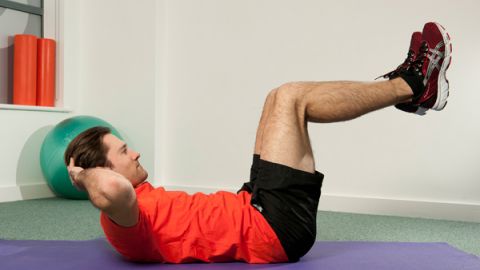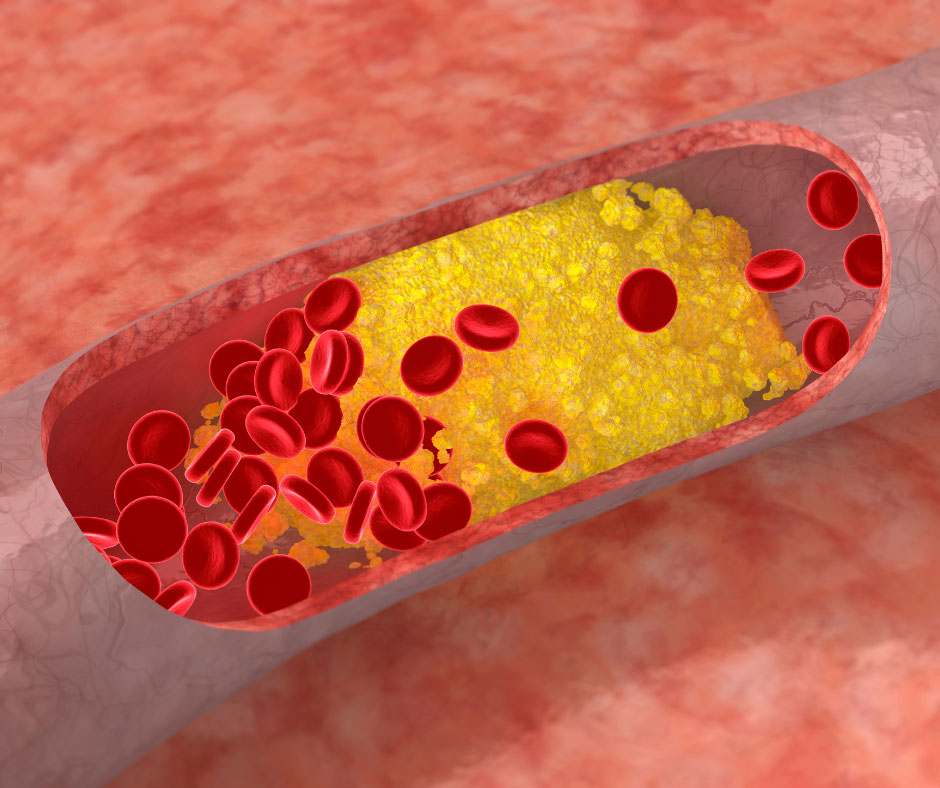Your heart is a muscle, and it gets stronger and healthier if you lead an active life. It’s never too late to start exercising. Regular exercise can help burn calories, lower your blood pressure, reduce your LDL “bad” cholesterol and increase your HDL “good” cholesterol. People who don’t exercise are almost twice as likely to get heart disease as people who are active However, in the world of fitness and exercise, myths and fallacies flourish, and some of them may be keeping you and your family from getting the best and safest workout. Some myths are just harmless half-truths, but many others can actually be harmful and can even lead to injury.
Myth: Crunches are the key to flat abs.
Can doing ab crunches help you to lose that belly fat? Experts say no. They may be the most iconic abdominal exercise around, but doing crunches is not actually the best way to slim your midsection. While crunches do tone a small portion of your abs, help to strengthen the muscles around your core, and improve your posture, they don’t burn off a lot of calories and don’t help with fat loss. You cannot pick and choose areas where you’d like to burn fat. In order to burn that belly fat your workout should include both cardiovascular and strength-training elements. The cardio and strength-training will help to decrease your overall body fat content.
Myth: Doing lots of cardio is the best way to lose weight.
Weight loss is about calories in – calories out. In addition to a smart nutrition plan, a combination of both high-intensity cardio and strength-training is a good idea since having more lean muscle mass helps your body burn more calories at rest.
Myth: Lifting weights will bulk a woman up.
Women typically have less muscle tissue and produce lower levels of testosterone than men, meaning they are physiologically less prone to becoming brawny. If weight loss is your goal, strength-training can actually help, but you have to also watch your diet
Myth: The more you sweat, the more calories you burn.
Not necessarily. Sweat is a biological response that cools your skin and regulates your internal body temperature. You sweat when your core temperature increases. Sweating could be the result of a grueling workout, an overheated studio, the humidity in the air, or your personal physiology. Unfortunately, sweating doesn’t mean you necessarily burned any more calories than usual (sorry!). It is possible to burn a significant number of calories without breaking a sweat: Try taking a walk or doing some light weight training.
Myth: You need to work out for 45 minutes or more to get a health benefit.
If you’ve got just half an hour to spare a day—or even a mere 10 minutes—you have enough time to bolster your cardiovascular health. More and more studies are indicating that shorter workout sessions could be better for you. In research the Arizona State University published last year, people had consistently lower blood pressure readings on the average when they split their daily walk into three 10-minute segments rather than tackling one 30-minute stroll. But while this may be enough to keep up your general health, you’ll still need to get more active most days of the week if you’re trying to lose weight. For weight loss, it is recommended that you get at least 250 minutes of moderate to vigorous exercise a week.
Myth: Not feeling sore means you didn’t get a good workout.
While soreness and workout intensity are sometimes connected, how tired your muscles feel after is not always a good indicator of a good workout. Soreness indicates that a significant amount of stress was applied to the muscle tissue. You don’t have to feel soreness to gain muscle strength. A degree of soreness a day or two after working out is very different from feeling pain while you are working out. Of all the fitness rumors ever to have surfaced, experts agree that the “no pain – no gain” holds the most potential for harm. A fitness activity should not hurt while you are doing it, and if it does, then you are either doing it wrong, or you already have an injury. If you are experiencing pain while working out, stop, rest, and see if the pain goes away. If it doesn’t go away, or if it begins again or increases after you start to work out, see a doctor.
Myth: You should work out every day.
Definitely not true! When you work out, you’re breaking down muscle fibers so they can rebuild stronger. However, to do this, you need to give your body time to recover from working out. Scheduling in rest days is crucial. If you work out every single day, you could injure yourself or over-train, which keeps your muscles from rebounding and your body from improving. Aim for one to two days per week of active recovery rest days – that means doing something that doesn’t put stress on your body, like gentle stretching or a walk. And keep your workout varied – repeating the same training pattern over and over can lead to injuries.
Myth: You need to stretch before a workout.
Stretching is something many people just do because they feel they should or someone told them to. The conventional wisdom is that stretching elongates the muscle and helps prevent injury. However, it has been found that stretching before a workout will weaken your tendons and make your muscles feel weak and less steady, which may increase the risk of injury. Warm up by walking before cardio or doing light weights before intense training, and do stretch after a workout.
Myth: Stretching helps your body recover faster after a workout.
A recent University of Milan study on the effects of post-workout recovery methods found no significant changes in blood lactate levels (a measure of how fatigued your muscles are) for people who stretch after exercise. While stretching may not completely reduce muscle soreness or speed muscle tissue repair, stretching still has certain benefits. Stretching right after a workout, when the body is still warm, is the best way to increase joint flexibility.
Myth: Yoga isn’t a “real” workout.
While there are some blissfully relaxing yoga classes out there, tougher types (like Bikram and power Vinyasa yoga) can definitely improve your flexibility and strength.











